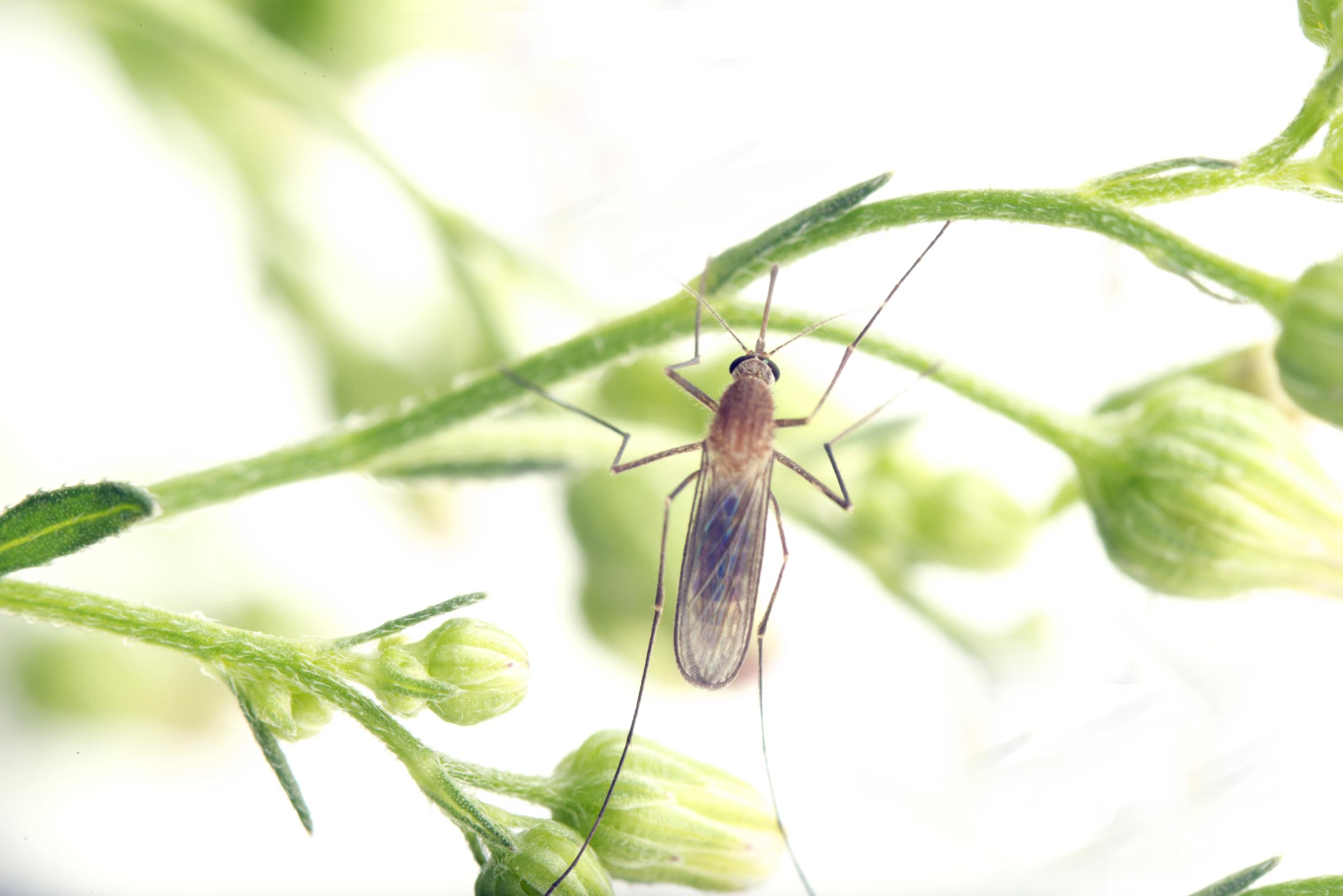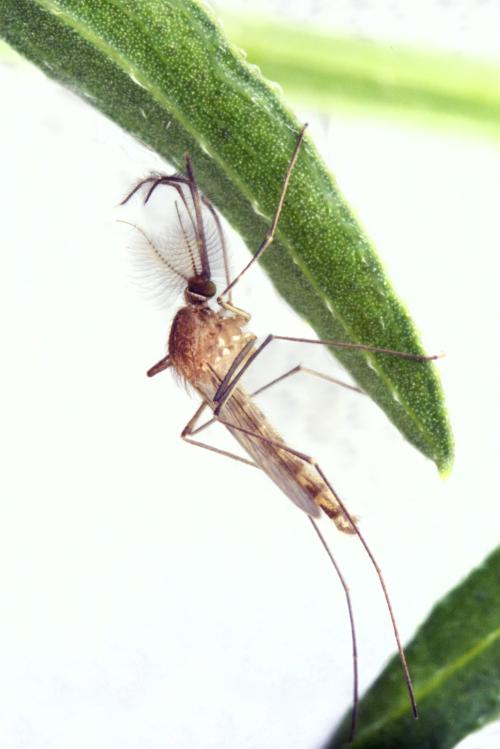Institute fieldwork informs evolutionary biology study into Culex pipiens
Research by scientists at The Pirbright Institute has supported an international study disproving the theory that London Underground mosquitoes – Culex pipiens form molestus - evolved in urban subways and cellars in northern Europe within the past 200 years.
Writing in Science, evolutionary biologists from Princeton University explain how they worked with 150 organizations worldwide to collect 12,000 samples of Cx. pipiens that captured geographic, ecological and genetic diversity in this species. This mosquito represents a threat to human health through its ability to transmit West Nile virus (WNV), which can cause symptoms including severe headache, fever, convulsions and death in a small proportion of those infected.
Dr. Simon Carpenter, now at the University of Cambridge, is a former head of the Entomology Group in vector-borne diseases at Pirbright and worked on the study with postdoctoral scientist Dr Laura Jones.
Speaking jointly, they said: “Our fieldwork at Pirbright has helped to create a massive resource of genomic data for an understudied mosquito species that is both present in the UK and known to transmit viruses in mainland Europe.
“Our samples of mosquitoes from above-ground sites in the UK helped the lead authors show that urban populations, including those living in the London Underground, most likely evolved the ability to adapt to human habitations several thousand years ago in the Middle East.
“This contradicts previous studies that concluded that this adaptation occurred at a local scale and demonstrates the power of collaborative global projects in better understanding the evolutionary history of animals.’
Lindy McBride, Associate Professor of Ecology and Evolutionary Biology and Neuroscience at Princeton and senior author on the new study, said: “This enigmatic mosquito became famous during WWII in London and seemed so perfectly adapted to living underground that people thought it must have evolved there. It became a textbook example of rapid evolution in modern cities. But our analysis of DNA sequences from hundreds of mosquitoes tells a very different story.”
“Our analyses strongly suggest that Culex pipiens form molestus first evolved to bite and live alongside humans in an early agricultural society 1,000-10,000 years ago, most likely in Ancient Egypt,” said Haba.
Mosquito biologists think that the flow of genes from human-biting molestus into bird-biting pipiens through hybridization - the process of mating two different mosquito forms, resulting in hybrid offspring that inherit a mix of genes from both parents - creates indiscriminate biters and has led to increased transmission of the virus to humans over the past two decades.
The Princeton researchers say gene flow and biting behavior need to be studied further, with more sampling in urban and rural areas to draw conclusions.
“Our work opens the door to incisive investigation of the potential links between urbanization, hybridization, and spillover of viruses from birds to humans” said Haba.
Pirbright has carried out multiple studies into the genetic lineage of WNV over the past two decades, working closely with a range of international collaborators.
The Institute’s insectary provides unparalleled access to colonies of various insect vector species for scientific research, enabling studies on virus transmission between host and vector species, and on the behaviour and control of these disease vectors.
The facility supports crucial research on a wide range of diseases, including those affecting livestock such as bluetongue, African horse sickness, and lumpy skin disease, as well as those with significant human health impacts, such as WNV, dengue fever, Zika virus, chikungunya virus, and Equine encephalitis viruses, addressing both UK-specific and global health challenges.
To read the paper, click here.

